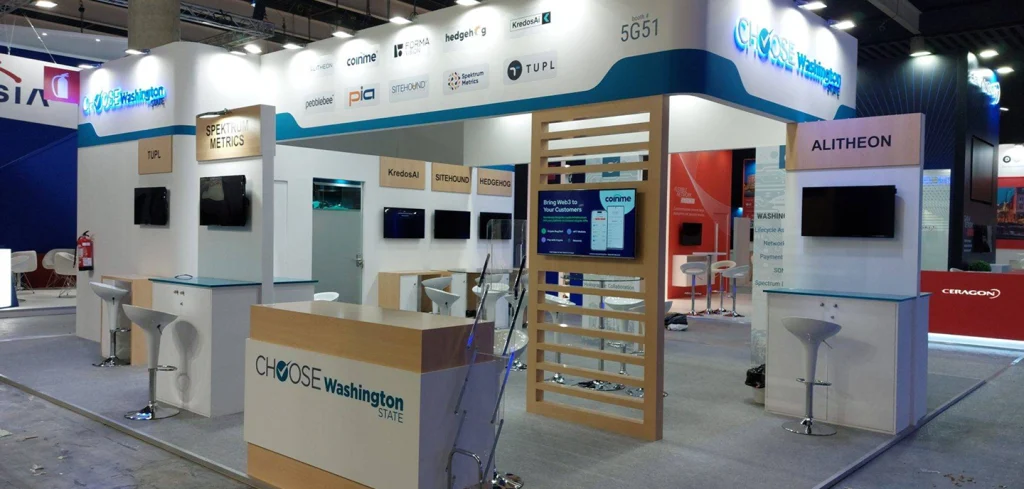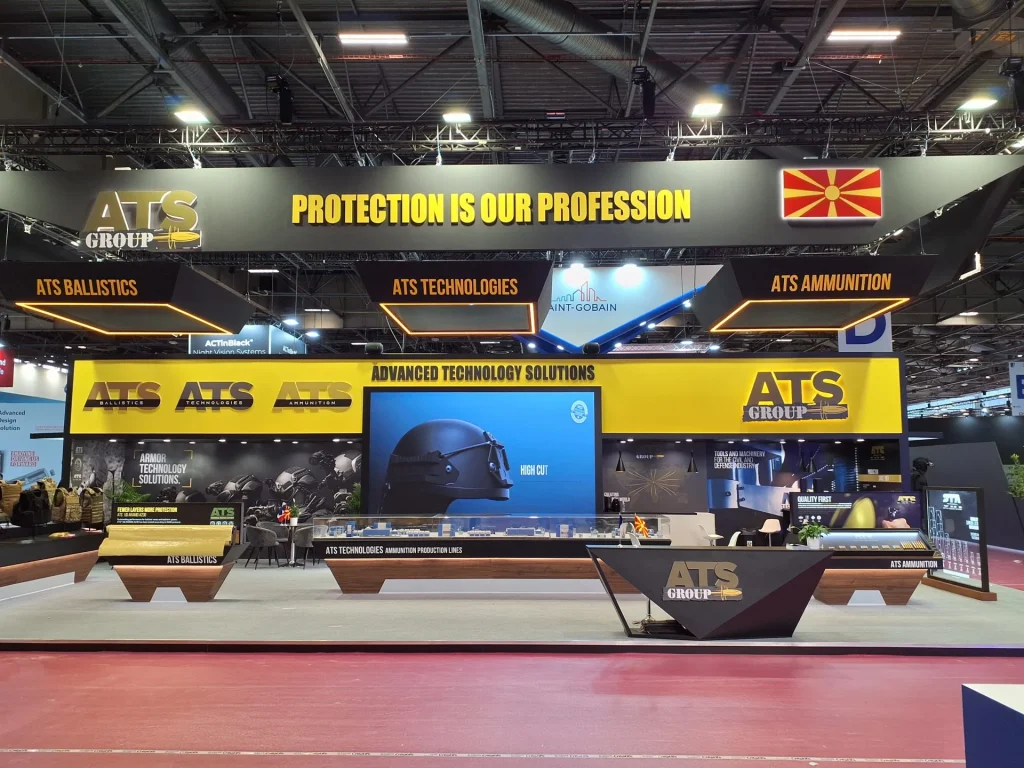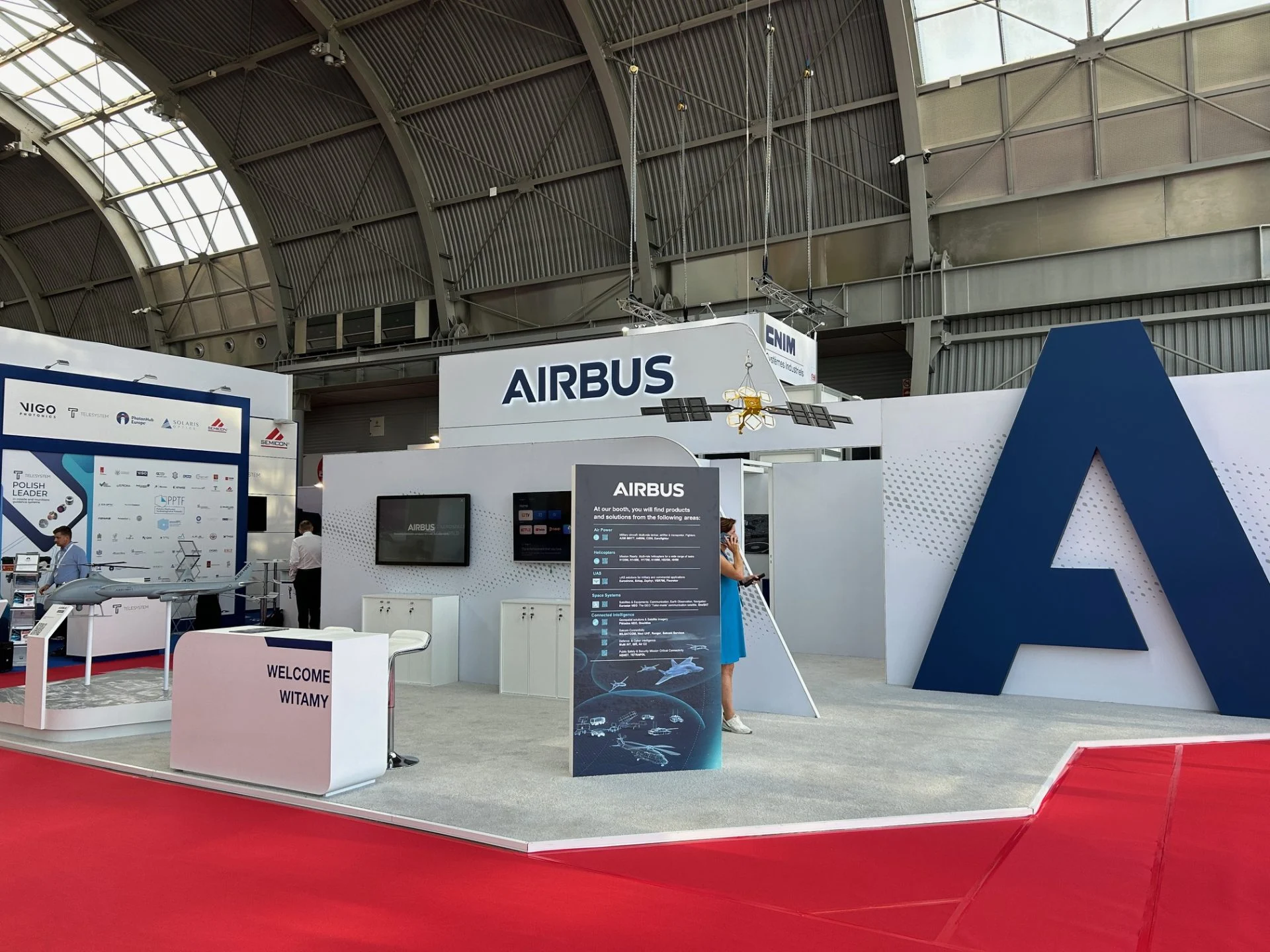
Why Booth Layout Matters?
A well-designed booth isn’t just about aesthetics—it’s about guiding visitor movement strategically to maximize engagement and lead conversion. At major UK venues like ExCeL London, NEC Birmingham, and Olympia London, exhibitors are using data-driven spatial design to ensure attendees spend more time interacting with their brand.
Understanding Visitor Behavior in Trade Show Booths:
Exhibitors must design booths that naturally lead visitors through a structured journey. Key behavioral insights include:
• Most visitors decide within 3 seconds whether to enter a booth.
• Crowded entry points deter engagement, while open, inviting spaces increase foot traffic.
• Visitors follow natural “left-to-right” movement patterns in Western markets.
Trade show exhibit design companies use behavioral analytics to optimize booth layouts that enhance visitor flow.
Optimizing Booth Layout for Maximum Interaction:
1. The Open Concept Booth for Seamless Entry
Booths with open entry points remove barriers to engagement. Strategies include:
• Minimal structural obstructions for effortless visitor flow.
• Strategically placed product displays that draw attendees inward.
• Directional lighting and flooring cues to subtly guide movement.
Custom exhibit builders design open-plan booths to encourage exploration and maximize engagement.
2. The Engagement Zone for High-Impact Experiences
Exhibitors must create interactive zones that captivate visitors immediately. High-impact engagement areas include:
• Live demo stations positioned near high-traffic areas.
• Touchscreen product showcases for hands-on interaction.
• AI-driven content walls that personalize visitor experiences.
Trade show booth builders integrate experiential engagement areas to increase dwell time and brand interaction.
3. The Conversation Hub for Meaningful Connections
Networking and lead generation thrive in dedicated conversation spaces. Optimal booth designs feature:
• Semi-private meeting pods for focused discussions.
• Lounge-style seating to encourage informal networking.
• Soundproofing elements to reduce surrounding trade show noise.
Trade show exhibit design companies create structured networking spaces that optimize visitor interactions.
4. The Exit Flow Strategy for Lead Capture
The final moments of a booth visit are critical for conversion. Smart exit strategies include:
• QR code lead capture zones to collect visitor details.
• Exclusive digital content giveaways to encourage post-show engagement.
• Exit branding reinforcement for lasting brand recall.
Custom trade show booth builders integrate seamless lead capture points into booth layouts to ensure high retention rates.
The Role of AI and Data in Booth Flow Optimization:
Exhibitors are leveraging AI-powered analytics to refine booth designs in real time. AI-based tools measure:
• Heat maps tracking high-traffic zones.
• Dwell time analytics to identify underperforming areas.
• Real-time booth traffic monitoring for on-the-spot adjustments.
Trade show exhibit design companies use data-driven insights to fine-tune booth layouts for peak performance.
The Future of Trade Show Booth Layouts:
Next-generation booth layouts will incorporate smart visitor tracking to personalize experiences, dynamic LED pathways that adjust based on foot traffic, and AI-powered booth reconfiguration for adaptive engagement. UK exhibitors embracing scientific booth layout strategies will gain a competitive advantage in maximizing trade show ROI.
Conclusion: A Data-Driven Approach to Booth Design
Optimizing booth flow is a science, not guesswork. By leveraging behavioral insights, AI-driven analytics, and strategic engagement zones, UK exhibitors can design high-performance trade show booths that attract, engage, and convert visitors.
Is Your Booth Layout Engineered for Maximum Engagement?
Partner with a leading trade show exhibit design company to develop a data-optimized booth layout that enhances visitor flow and increases ROI.
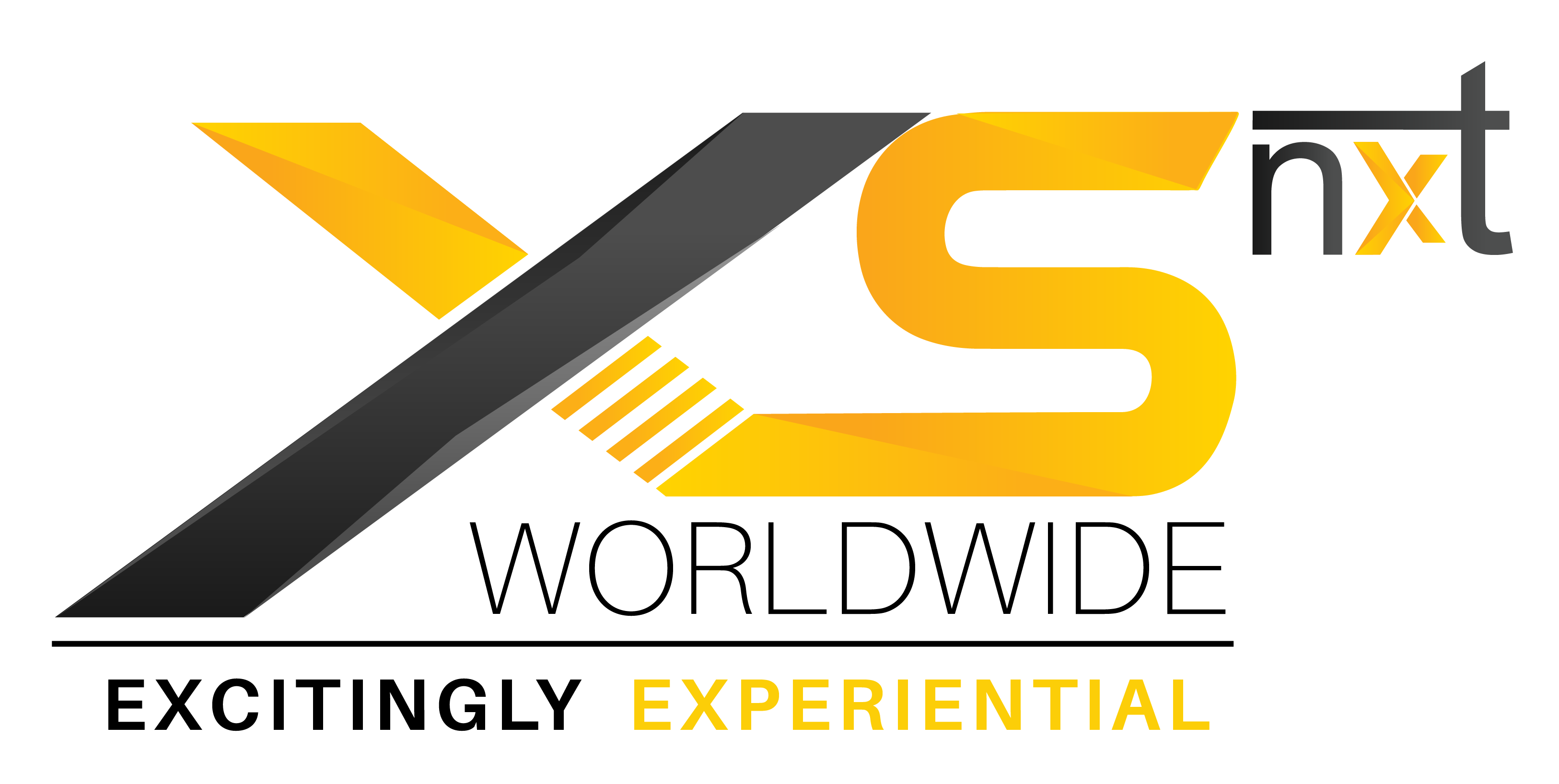

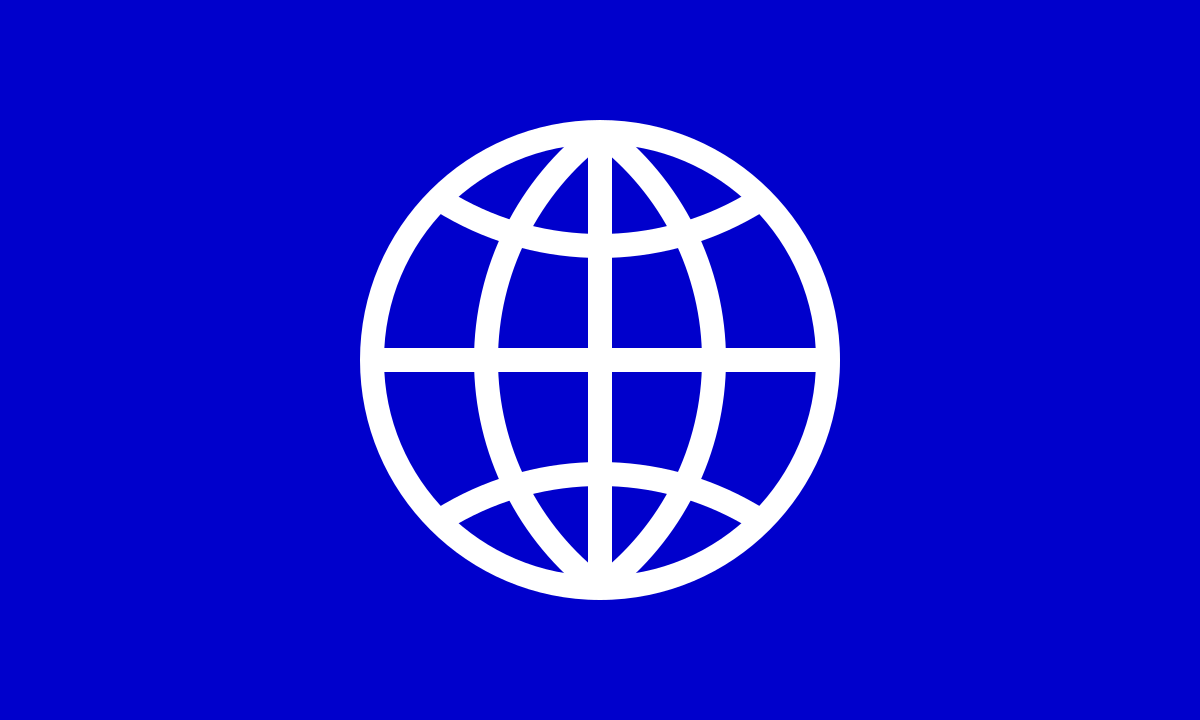 Global
Global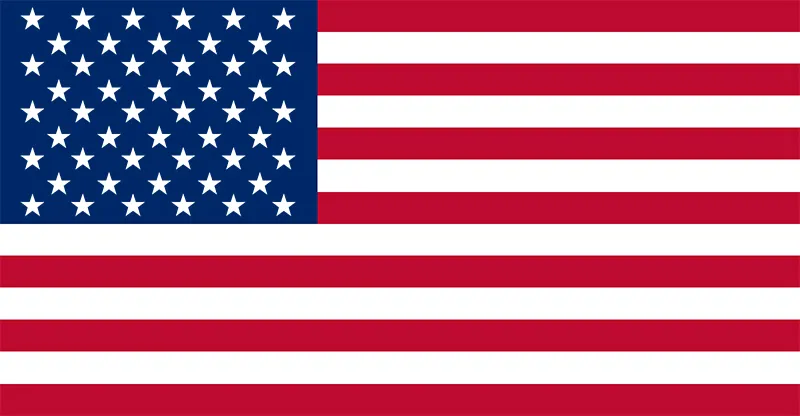 USA
USA